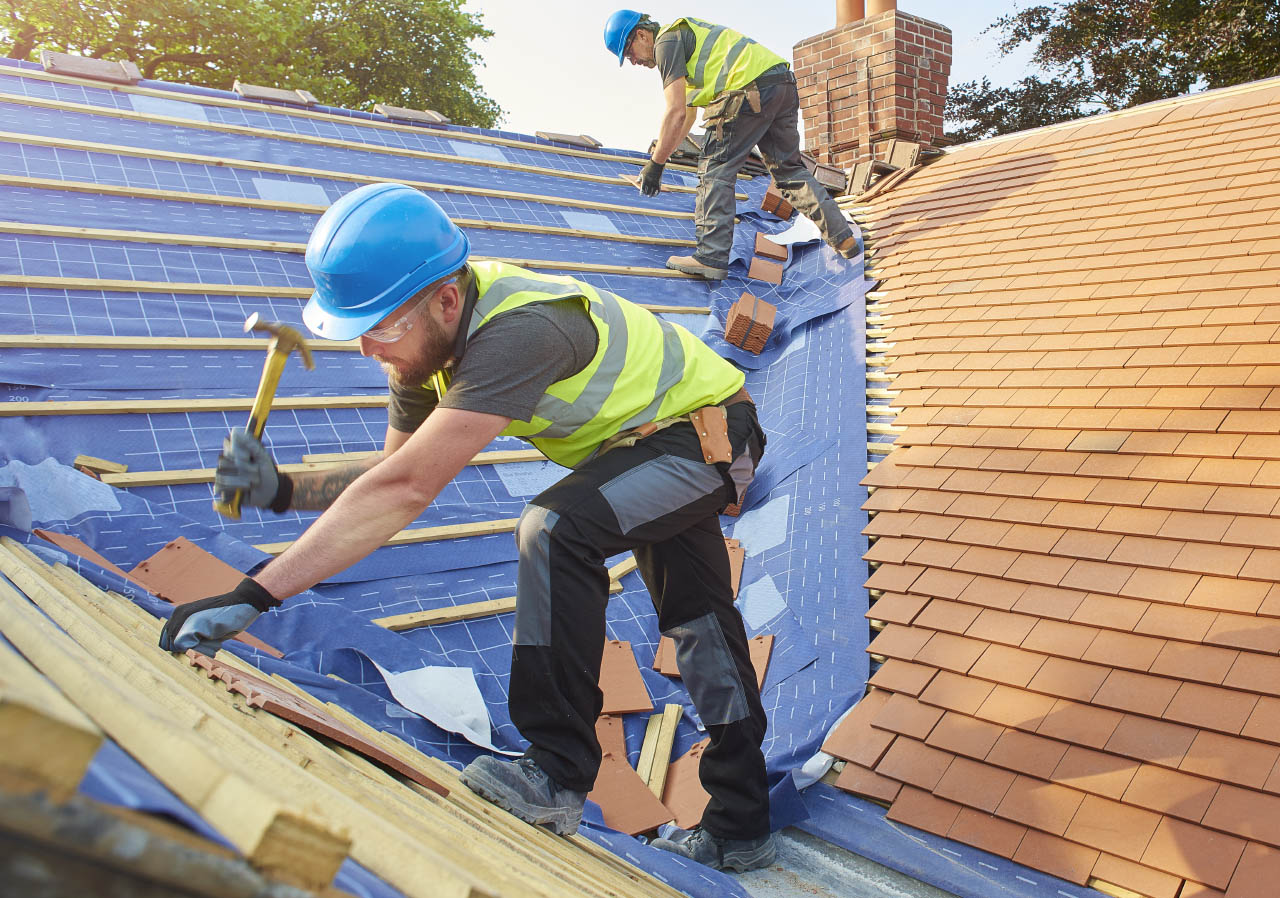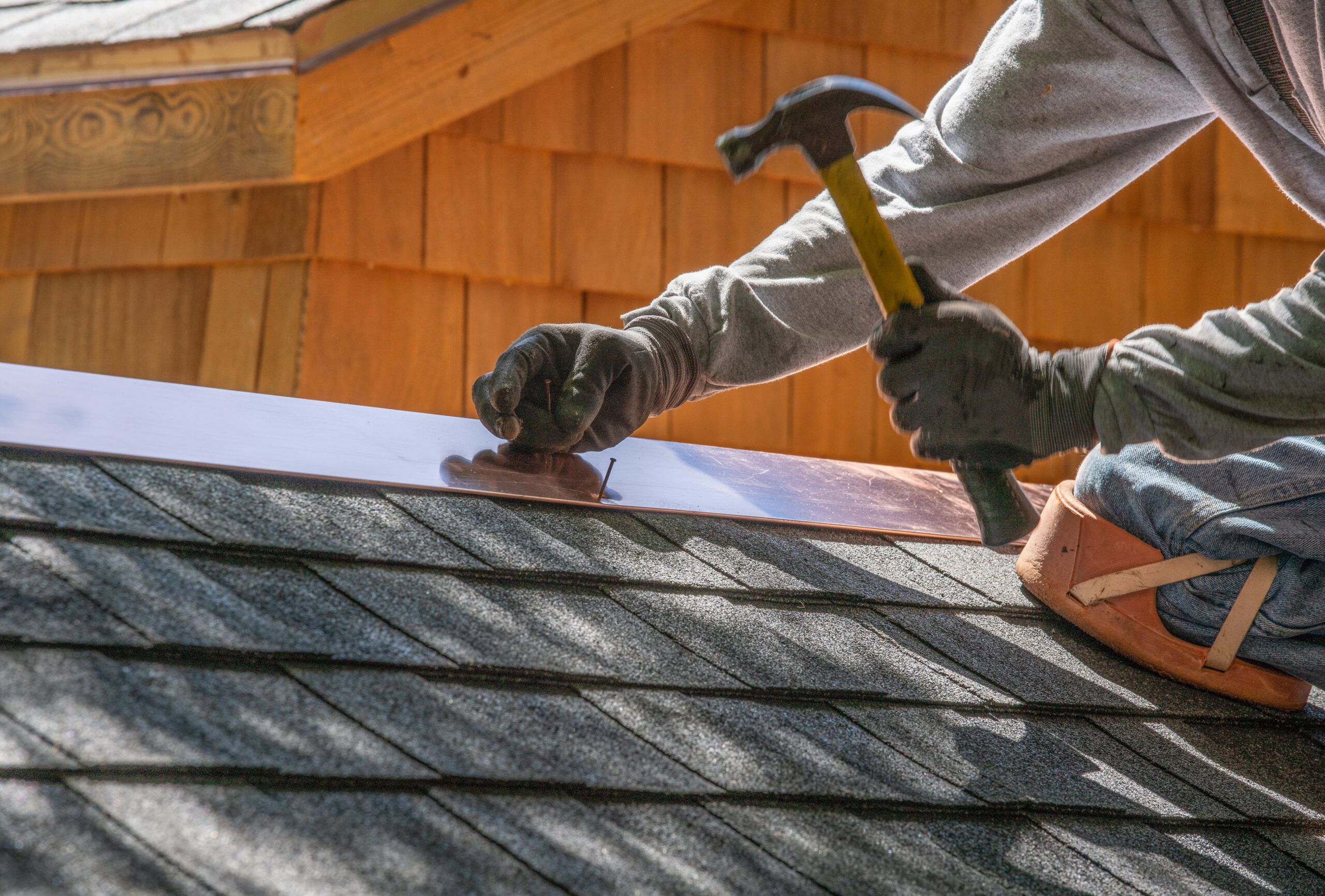Recognizing the Various Kinds Of Roof Coverings: A Comprehensive Guide for Homeowners
In the world of homeownership, selecting the suitable roofing style is a decision that carries significant effects for both performance and aesthetic allure. With a variety of alternatives-- varying from the traditional gable to the contemporary flat-- each kind provides distinct advantages and obstacles that should straighten with the property owner's ecological factors to consider and certain requirements. Understanding these differences not just help in making an educated selection however additionally influences long-term maintenance and energy effectiveness. As we discover the details of numerous roofing kinds, it ends up being evident that dimension does not fit all; the appropriate option might stun you.
Saddleback Roof
Saddleback roofs, characterized by their triangular shape, are among one of the most popular roof styles because of their simplicity and effectiveness in dropping water and snow. This layout includes 2 sloping sides that meet at a ridge, permitting efficient water drainage and decreasing the danger of water accumulation. The high pitch typically connected with saddleback roofs enhances their ability to deal with hefty rainfall, making them appropriate for various environments.
In addition to their functional benefits, gable roofing systems use aesthetic adaptability. They can be adjusted to various building styles, from traditional to contemporary homes. The style can additionally fit extra functions such as dormer home windows, which improve natural light and ventilation in the attic room space.
Moreover, gable roofs offer ample space for insulation, adding to power efficiency. Homeowners can choose from a selection of roof covering materials, consisting of asphalt tiles, metal, and tiles, further boosting personalization choices.
Despite their benefits, gable roofing systems may call for added support in areas susceptible to high winds or hefty snowfall. In general, the gable roofing stays a favored option due to its blend of capability, toughness, and aesthetic charm.
Apartment Roofs
Level roofing systems are usually acknowledged for their minimal style and practical applications, specifically in industrial and commercial settings (oahu roofing). These roof coverings include a nearly straight or horizontal surface area, which enables very easy construction and functional space application. While they might do not have the visual charm of pitched roofs, level roof coverings provide many benefits, particularly in city environments where maximizing room is vital
One of the primary benefits of flat roof coverings is their ease of access. Homeowners can use the roofing system room for numerous purposes, such as rooftop yards, balconies, or solar panel installments. Additionally, level roof coverings are usually extra cost-effective to maintain and mount contrasted to their sloped counterparts, as they call for fewer materials and labor.
Usual materials made use of for level roofing systems consist of built-up roof (BUR), customized asphalt, and single-ply membrane layers, each offering distinct benefits. On the whole, level roof coverings offer as a useful and adaptable choice for several property owners and services alike.
Hip Roofings
Hip roofings are characterized by their sloped sides that merge at the top, forming a ridge. This style stands out from saddleback roofs, as all 4 sides of a hip roof covering slope downwards toward the wall surfaces, giving an extra steady framework. The angle of the inclines can vary, enabling flexibility in building aesthetics and capability.
One of the key benefits of hip roofings is their ability to hold up against heavy winds and damaging climate condition. The sloped surfaces allow better water drainage, decreasing the risk of leakages and water damages. In addition, hip roofing systems provide boosted attic room area, which can be made use of for storage space or perhaps exchanged comfortable locations.
Nonetheless, creating a hip roofing can be much more complicated and expensive than simpler roof covering kinds, such as gable roofs. The additional material and labor entailed in developing the slopes and guaranteeing correct architectural honesty can result in higher expenditures. In spite of these disadvantages, lots of property owners prefer hip roof coverings for their resilience, visual allure, and potential for power efficiency.
Mansard Roof Coverings
Mansard roof coverings, often recognized by their distinct four-sided style, function 2 inclines on each side, with the reduced incline being steeper than the upper. This architectural design, originating from France in the 17th century, is not only aesthetically enticing but practical, as it maximizes the functional area in the upper floorings of a building. The high lower slope enables for more clearance, making it an excellent option for loft spaces or attic rooms, which can be exchanged living rooms.
Mansard roof coverings are defined by their flexibility, fitting numerous architectural styles, from typical to modern. They can be built with different materials, including asphalt tiles, slate, or metal, offering home owners with a variety of choices to suit their preferences and spending plans. Additionally, the style enables for the assimilation of dormer windows, improving all-natural light and ventilation in the top degrees.
Nevertheless, it is vital to take into consideration the prospective downsides. Mansard roof coverings may need even more upkeep because of the complexity of their style, and their high slopes can be challenging for snow and rain overflow. Generally, mansard roofings integrate elegance with functionality, making them a prominent option amongst home owners looking for distinctive building attributes.
Shed Roofings
As property owners significantly look for simpleness and capability in their architectural designs, shed roofing systems have actually become a preferred option. Characterized by a solitary sloping aircraft, a shed roof provides a minimal visual that complements different home styles, from modern to rustic.
Among the key advantages of a shed roofing is its straightforward building and construction, which usually converts to lower labor and product expenses. This style enables efficient water drainage, minimizing the threat of leaks and water damage. In addition, the vertical slope offers adequate area for skylights, improving all-natural light within the interior.
Shed roofs likewise provide flexibility in terms of usage. They can be efficiently incorporated into additions, garages, or outside frameworks like sheds and pavilions. Moreover, this roofing system style can fit various roofing materials, consisting of metal, asphalt tiles, or perhaps green roofing systems, lining up with green efforts.
Nevertheless, it is important to think about local web link environment conditions, as hefty snow tons may necessitate adjustments to the roofing's angle or structure. Overall, lost roofing systems offer a functional and aesthetically pleasing choice for property owners aiming to make the most of capability without jeopardizing design.
Verdict


Gable roofs, identified by their triangular shape, are among the most prominent roof designs due to their simpleness and effectiveness in losing water and snow. oahu roofing. The steep pitch typically connected with gable roofing systems boosts their ability to manage hefty precipitation, making them ideal for numerous environments
While they might do not have the aesthetic appeal of pitched roof coverings, flat roof coverings use countless benefits, particularly in metropolitan settings where optimizing space is important.

Comments on “Roofing Companies Oahu: Trusted Specialists for Your Roofing Demands”